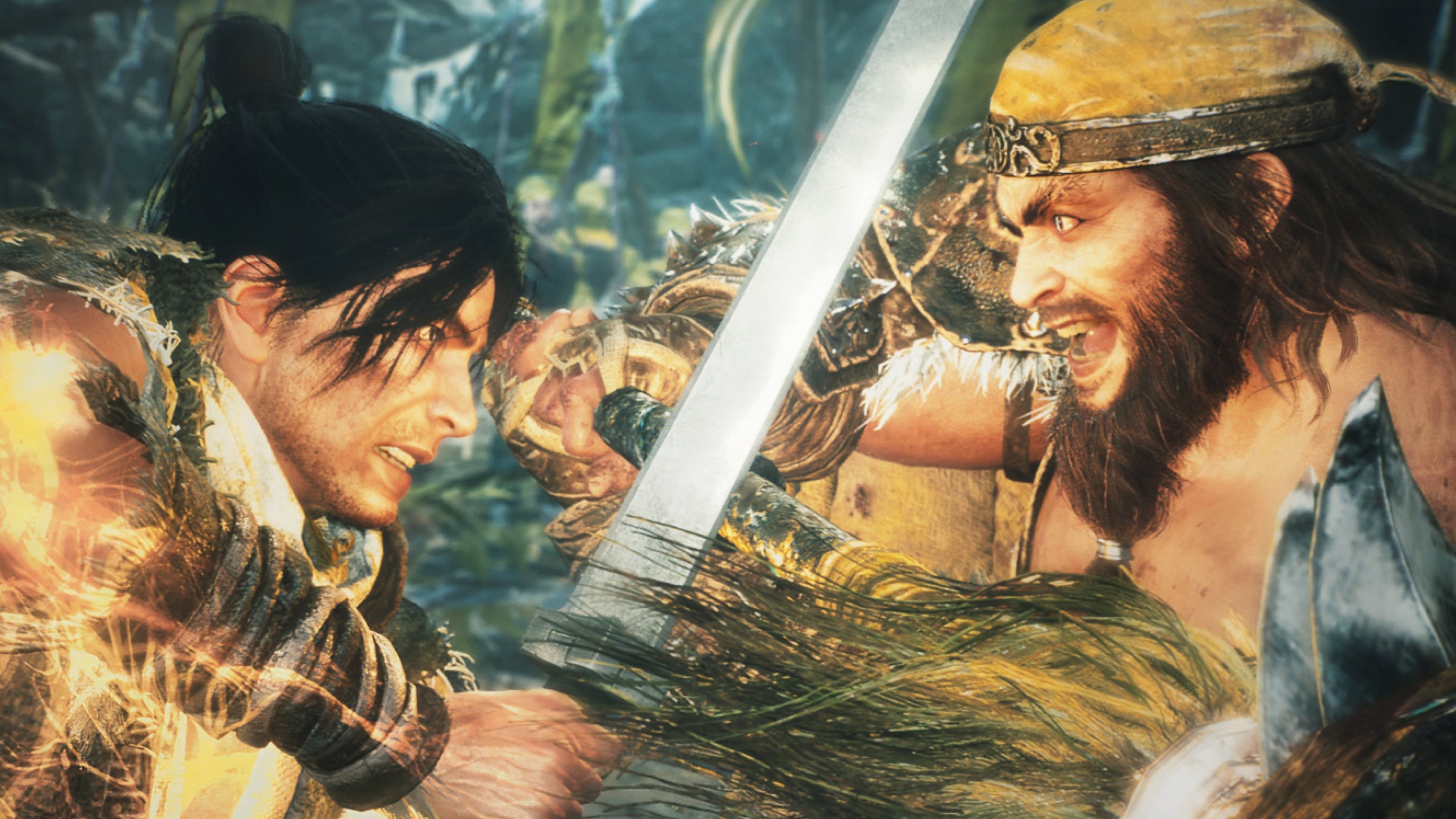Products You May Like
Anyone who played, or is even aware of, Elden Ring will tell you that its open world played a major role in making it more approachable for new players. The linear design of FromSoftware’s previous games meant that your progress was always predetermined by the designers.
No matter how long you’d put off a tough boss fight or a trap-laden area, you knew that you needed to be back there and get through it eventually if you wanted to see the next thing. Elden Ring, instead, leaves you to your own devices. So much so that it’s common for players to unintentionally overpower their character by exploring, and turn that boss fight they’d been avoiding into a cakewalk.
That blueprint is partly inspired by Zelda: Breath of the Wild, and you could conceivably see future open-world games from any developer building upon those same principles.
But linear and mission-based games don’t have a luxury of building a massive, interconnected world that takes over 100 hours to explore – and is intentionally made to offer players more options.
Most games tend to stick to their lane and not tackle such challenging design problems. But Wo Long: Fallen Dynasty – the new game from Nioh, and Ninja Gaiden veterans, Team Ninja – offers a smart and effective solution to this accessibility-versus-design problem.
Wo Long is very much a Nioh sequel in its structure and overall level design: it feels like it’s working with PS3-era constraints where you load into a mission, finish your objective, earn your reward, and watch a cutscene that advances the narrative.
No matter how late or early into the game you are, this rigid structure will always dictate how you play. Team Ninja likely doesn’t have the resources or technical know-how to create a seamless open world, so it focused its efforts instead on making the best of what it has, and ended up with a unique blueprint for a different type of game. Different, even, from spiritual predecessor Nioh.
From a purely numbers perspective, many treated Elden Ring’s open world as a way to overpower themselves to fare better against whatever they had been stuck on, or get a new weapon/skill that could offer a similar effect. Wo Long’s answer is to make players about as excited about exploring its linear levels as they were The Lands Between.
With nowhere near the volume of content, however, achieving that can be quite tricky. Enter: flags, a way for Wo Long to make it worth your while to scan every inch of every mission. There are two types: Battle Flags, and Marking Flags – each plays a crucial role that feeds back into the goals intended by this design.
The larger, more imposing are Battle Flags, and there are typically fewer of them compared to the smaller, harder to find Marking Flags. In every mission in Wo Long, you have a ranking system separate from your own character level. It’s called Morale, and it’s a fluctuating rating of your power compared to the rest of the enemies in that mission.
Mini-bosses – and the bigger, scarier enemies – have a Morale Rank that’s significantly higher than yours, while normal enemies will only be a level or two above it. The more enemies you defeat, the higher your Morale Rank gets. The larger the gap between yours and theirs, the bigger the boost.
This makes it so enemies that start out imposing, and challenging will be trivial the higher your rank gets. It also gives you an incentive to go after the same tougher enemies if you want a massive boost, and think you can manage that risk.
.jpg/BROK/resize/690%3E/format/jpg/quality/70/wo-long-fallen-dynasty-(15).jpg)
So where do flags come into this? As you fight more and more enemies, you’re bound to chew through your healing items and generally be worse for wear. Planting a Battle Flag restores your healing item uses, refills your health, and serves as a checkpoint when you die – acting as fuel for your adventure.
And you are going to die, but that’s where Marking Flags come in. The more of them you find, the higher the floor of your Morale Rank gets. You typically lose ranks when you die, or when you fail to dodge/deflect critical hits from enemies. By raising the floor close to your top Morale Rank, or match it, you remove one major penalty of dying.
Indeed, you can continue to farm enemies and go beyond the mission’s maximum Morale Rank, making the eventual boss fight even easier. Wo Long deftly pulls this off in every mission, quietly incentivising you to keep exploring, and it’s an approach that frankly more games should learn from – a wonderful marriage of mechanics, and incentive that’ll make even the grumpiest players out there even more keen to explore.
